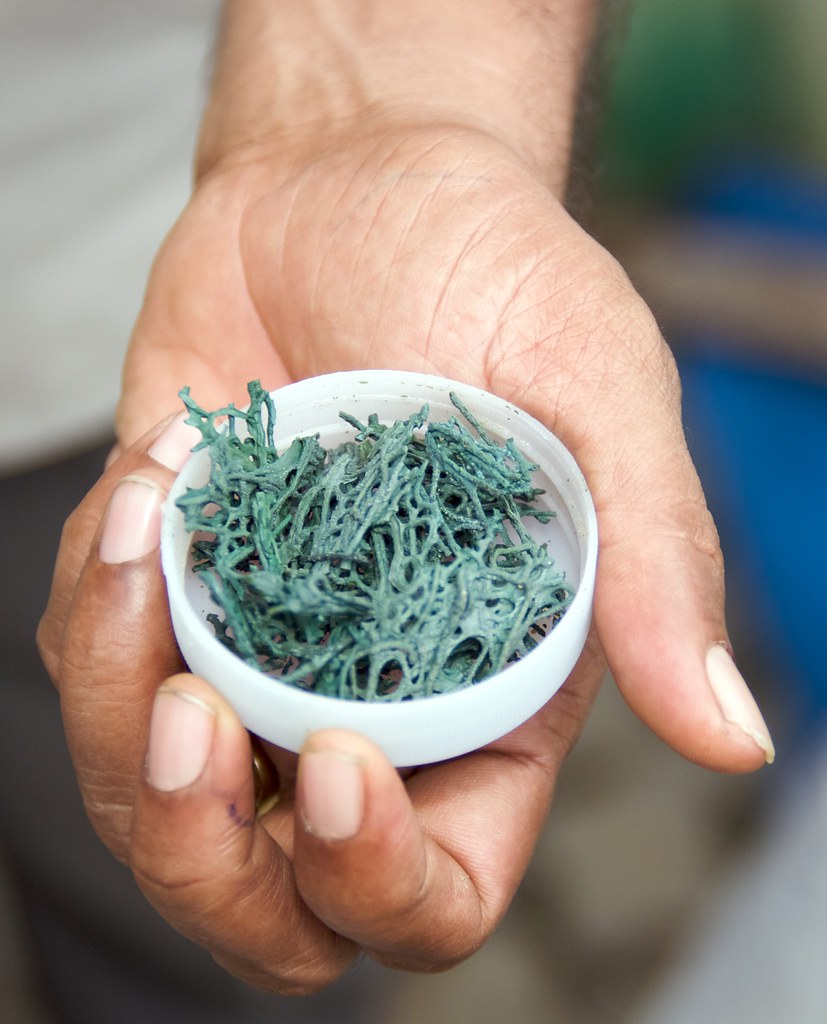Botanical Description:
Scientific Name: Nepeta cataria
Family: Lamiaceae
Common Names: Catnip, Catmint
Description: Catnip is a herbaceous perennial plant native to Europe and Asia but now naturalized in North America. It has square stems, heart-shaped, toothed leaves with a velvety texture, and small, tubular, white to pale pink flowers. Catnip belongs to the mint family (Lamiaceae) and is known for its aromatic properties. The plant gets its name from its strong attraction to cats, who often exhibit playful behavior in its presence. Catnip has a long history of use in traditional medicine and as a culinary herb.
Disclaimer:
This Materia Medica is provided for informational purposes only and should not replace professional medical advice. Please consult with a qualified healthcare practitioner or herbalist before using any herbal remedies.
Therapeutic Actions:
- Nervine Relaxant: Catnip is used as a mild nervine relaxant, helping to calm the nervous system.
- Antispasmodic: It has antispasmodic properties, making it useful for relieving muscle spasms.
- Carminative: Catnip acts as a carminative, aiding in the relief of digestive discomforts such as gas and bloating.
- Febrifuge: Traditionally, catnip has been used as a febrifuge to help reduce fever.
- Mild Sedative: It is considered a mild sedative, promoting relaxation and potentially aiding in sleep.
Constituents:
- Nepetalactone: The volatile oil nepetalactone is the primary constituent responsible for the cat-attracting properties and potential therapeutic effects.
- Flavonoids: Catnip contains flavonoids, contributing to its antioxidant properties.
- Tannins: Tannins in catnip may provide astringent effects.
- Terpenes: Various terpenes are found in catnip, contributing to its aromatic nature.
Traditional Uses:
- Calming Nervous System: Catnip is traditionally used to calm the nervous system and alleviate stress and anxiety.
- Digestive Aid: It is employed as a digestive aid, helping to relieve indigestion and mild gastrointestinal discomfort.
- Relief from Menstrual Cramps: Catnip may be used to ease menstrual cramps due to its antispasmodic properties.
- Fever Reduction: Traditionally, catnip has been used to help reduce fever, especially in children.
- Sleep Aid: Catnip is considered a mild sedative and is used to promote relaxation and support sleep.
Dosage and Preparation:
- Catnip Tea: Prepare a catnip tea by steeping 1-2 teaspoons of dried catnip leaves in hot water for 5-10 minutes. Drink up to three times a day.
- Tincture: Catnip tinctures are available. Follow product recommendations or herbalist advice for dosage.
- Infusion for External Use: Catnip infusions can be used topically as a compress or added to bathwater for a calming effect.
- Inhalation: Inhale the aromatic vapors of catnip by steeping it in hot water and breathing in the steam for relaxation.
Cautions and Considerations:
- Pregnancy and Lactation: While catnip is generally considered safe, pregnant and lactating individuals should consult with a healthcare practitioner before using it extensively.
- Individual Sensitivity: Some individuals may be sensitive to catnip. Start with a small amount to assess tolerance.
- Allergies: Individuals with known allergies to plants in the Lamiaceae family (mint family) should use catnip with caution.
- Interactions: Catnip may have mild sedative effects, so individuals taking sedative medications should use it cautiously.
Conclusion:
Catnip, with its gentle nervine, carminative, and antispasmodic properties, has a long history of use in traditional herbal medicine. Whether used to calm the nervous system, relieve digestive discomfort, or promote relaxation, catnip is a versatile herb. Its appeal to cats adds a playful element to its character. As with any herbal remedy, individual responses may vary, and consulting with a qualified healthcare practitioner or herbalist ensures safe and effective integration of catnip into individual health and wellness plans.







